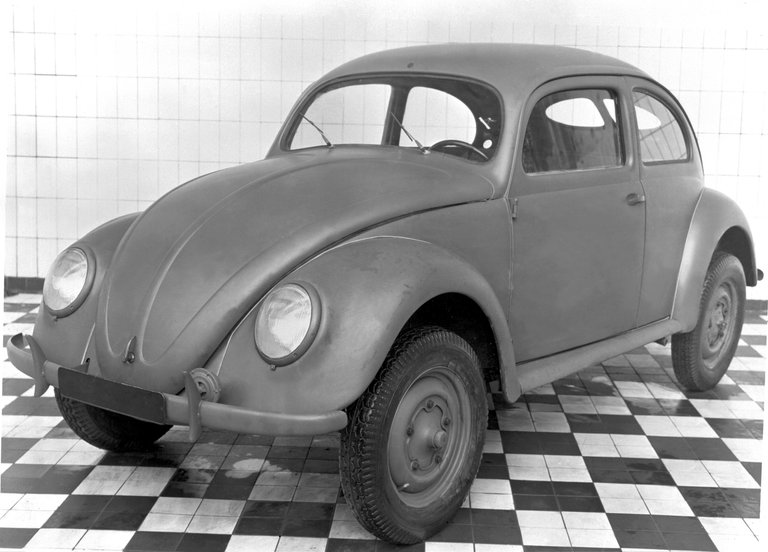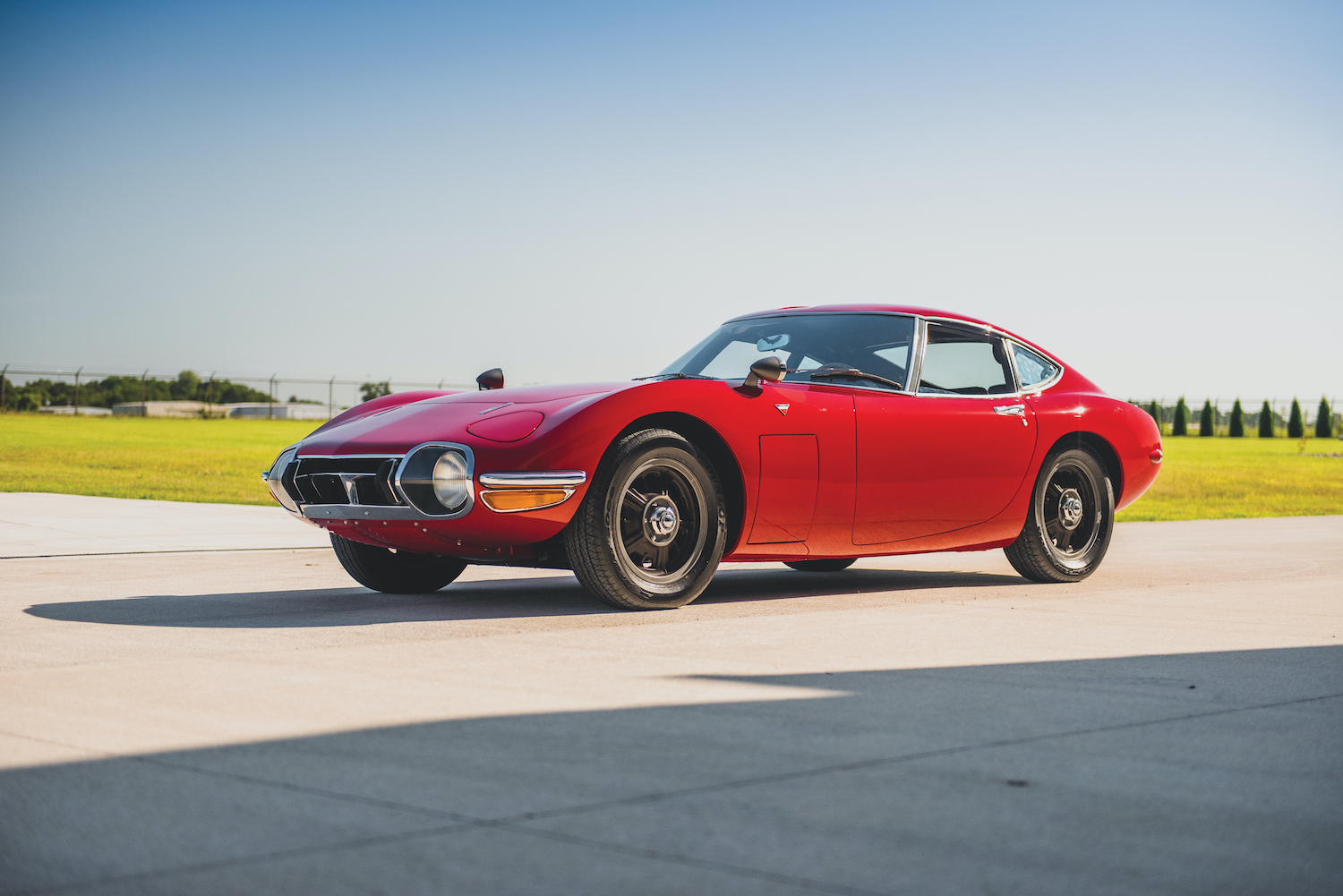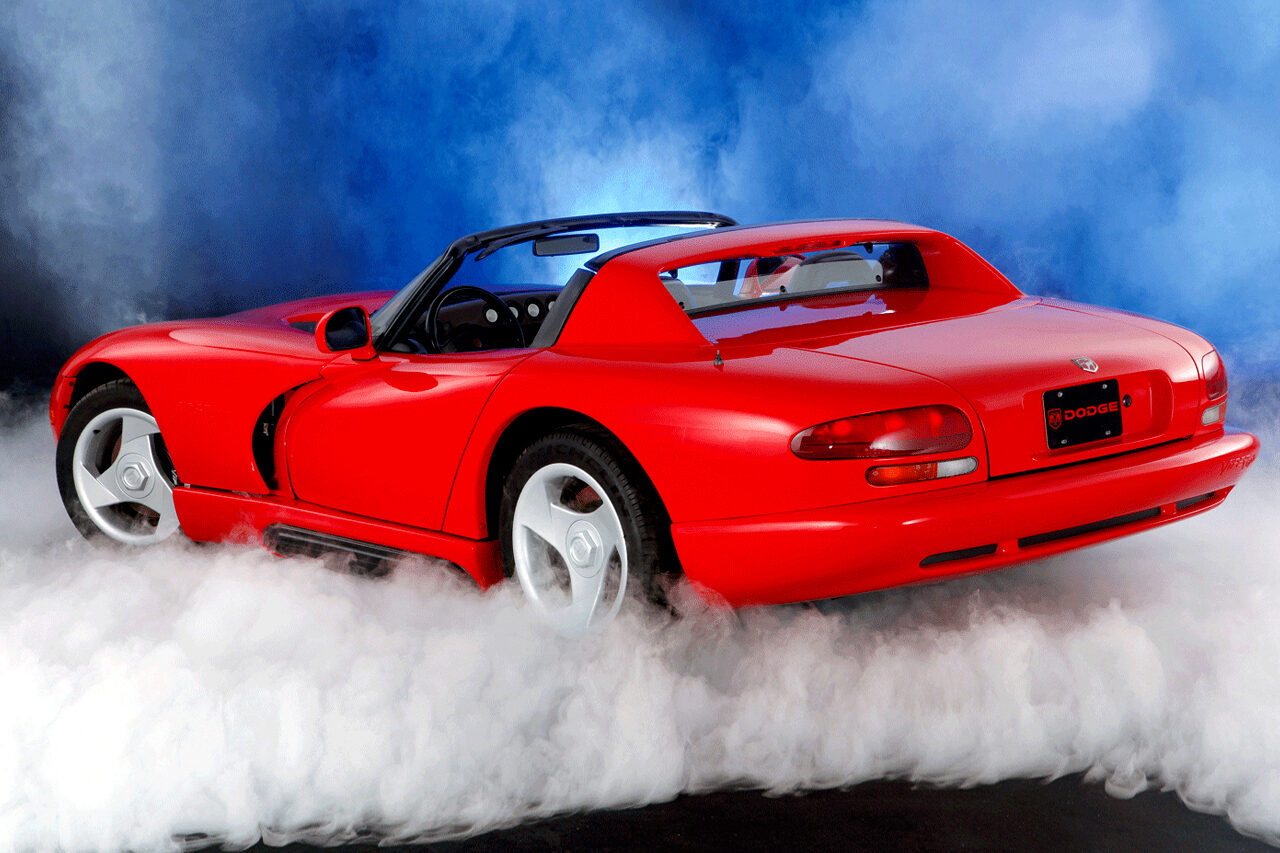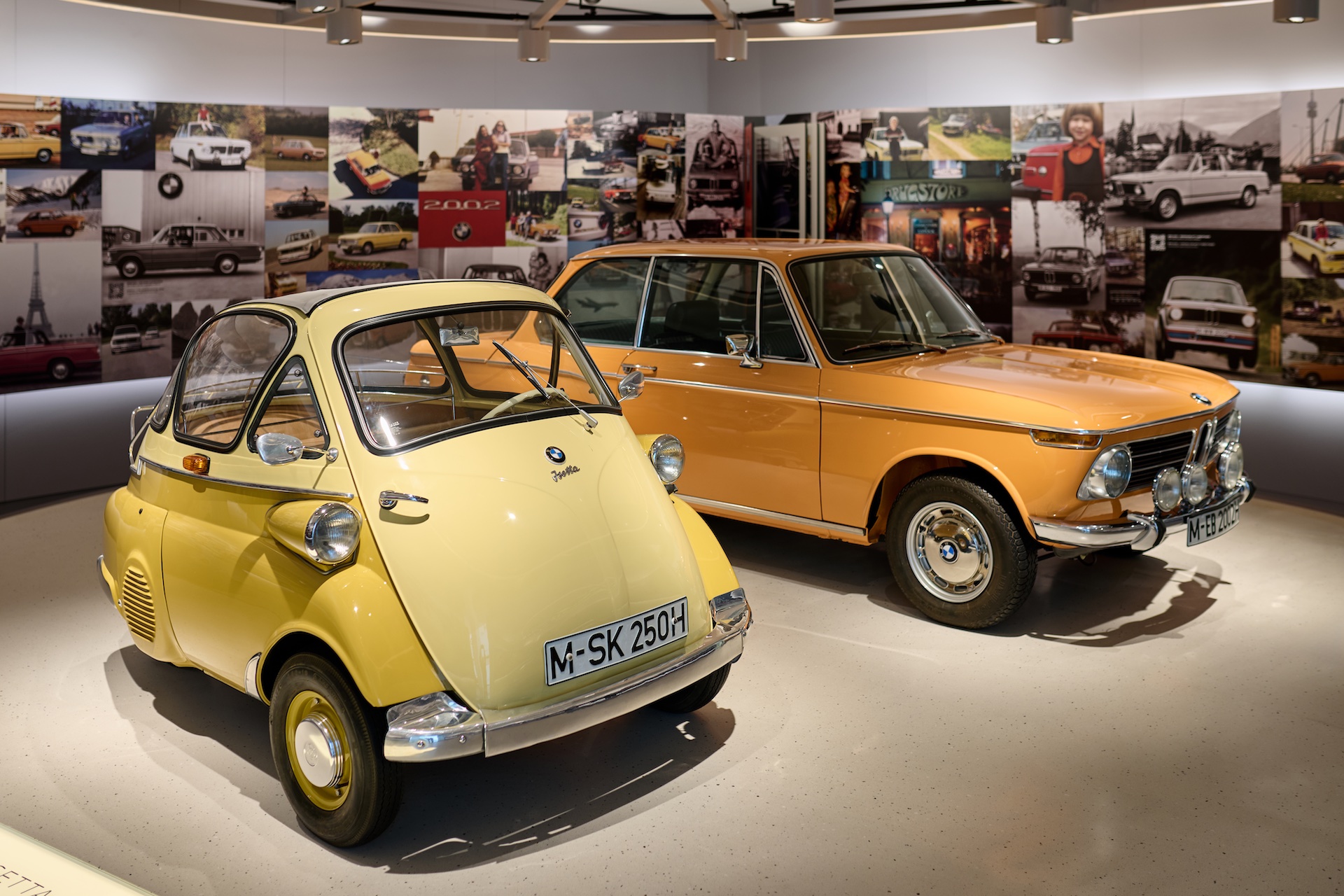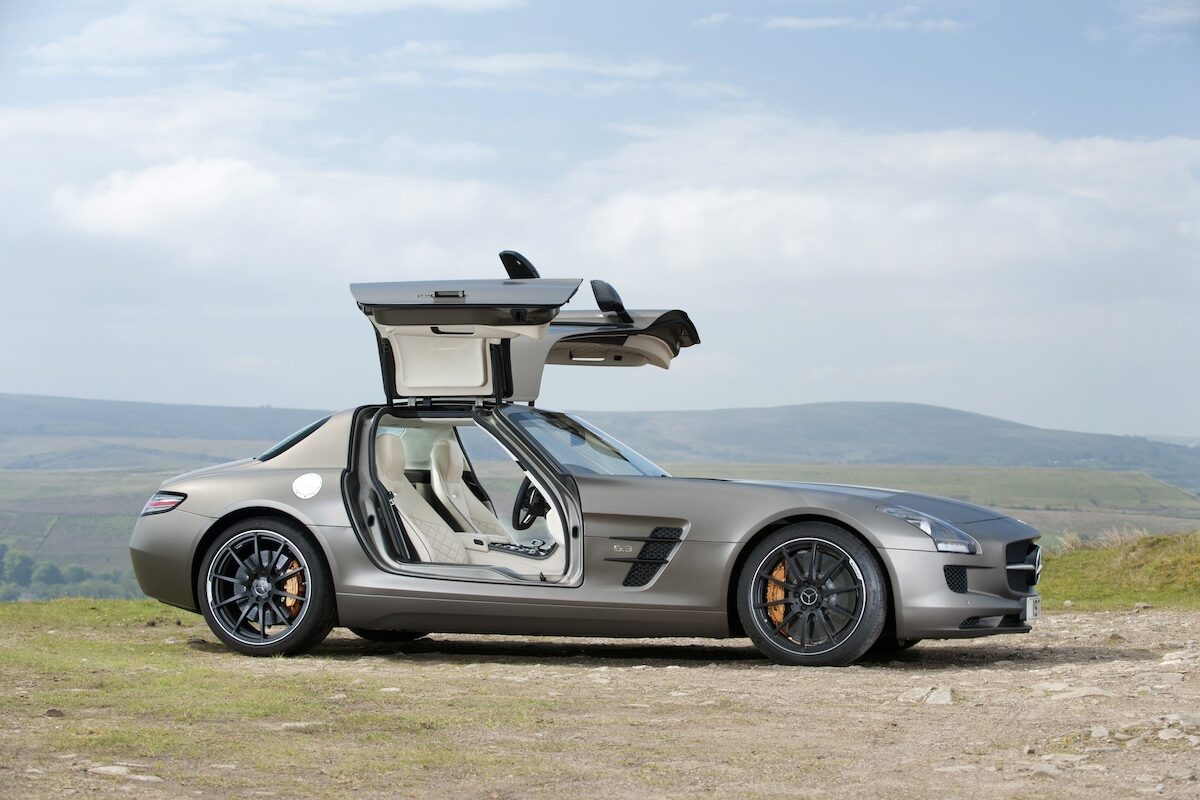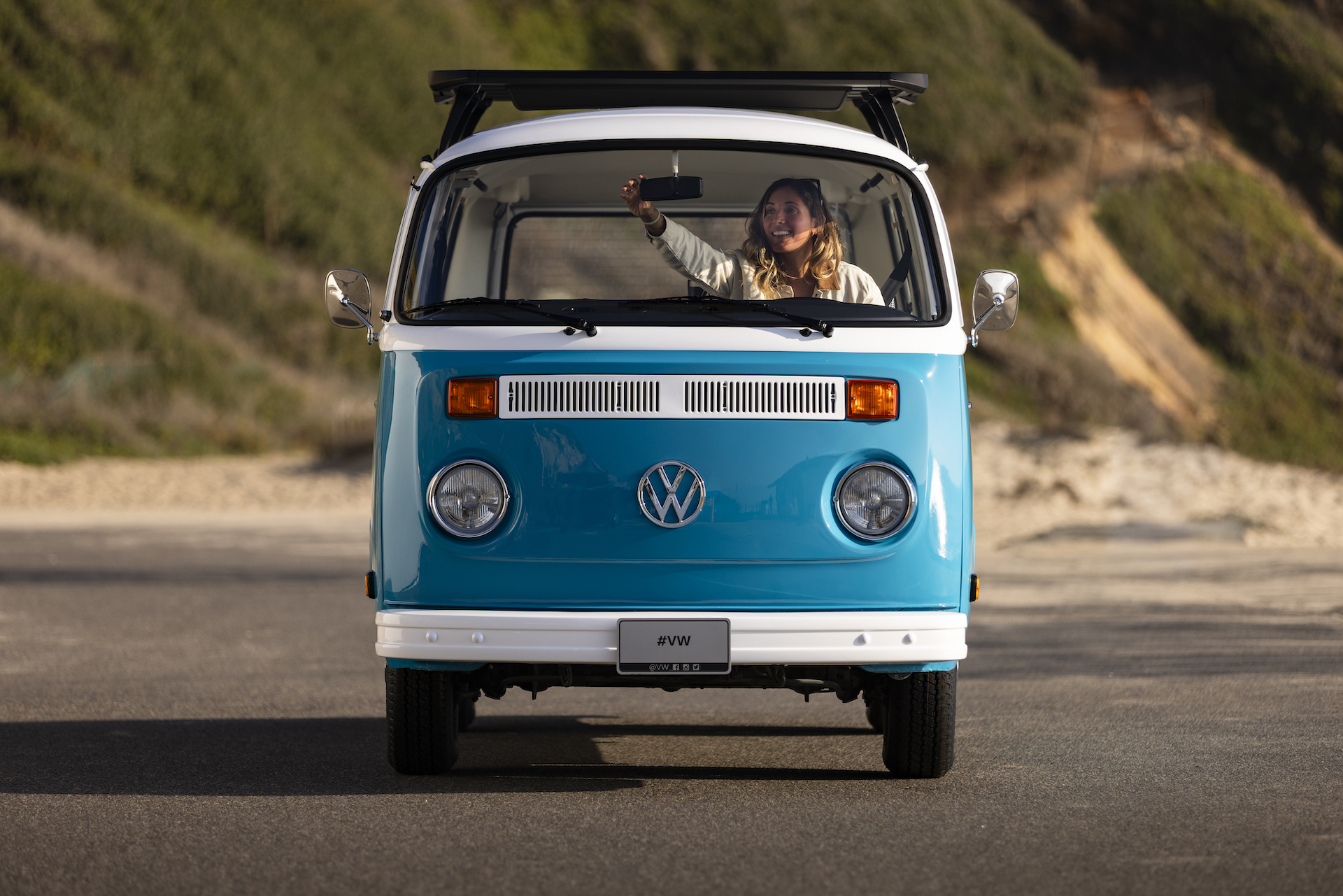How Adolf Hitler played a key role in the design and development of the original Volkswagen Beetle.
From the mind of a maniac to the brilliance of its chief designer, to the vision of a military man supervising a war-ravaged factory, few automobiles have had such tumultuous beginnings as the Volkswagen Beetle.
In 1930s Germany, automobiles were rare and mainly reserved for the elite, while ordinary people rode on bikes, horses and carts, often on poorly maintained unsealed roads.
By the mid-1930s German dictator Adolf Hitler threw his weight behind the idea of an affordable, family-sized “people’s car,” which in German translates as “volk,” meaning people or folk, and “wagen,” meaning car.
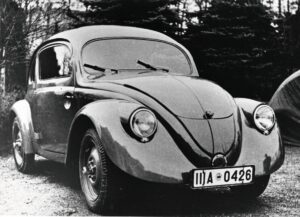
Early prototypes like this VW 30 were less cutesy and more utilitarian (Image: Volkswagen)
But the early version of the car that would come to be known colloquially as the Volkswagen Beetle, due to its distinctive aerodynamically designed front end, were known by the less catchy title of KdF-Wagens. The moniker stood for Kraft durch Freude (KdF), or “Strength Through Joy.”
Hitler’s ideas went beyond creating a new and affordable car for the German people, and on to building a network of national high-speed highways that we know today as autobahns.
He complemented this with a clever ‘lay-by’ scheme that allowed Germans to pre-pay for their new car by buying stamps as they could afford them.
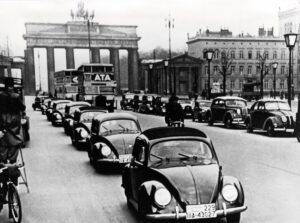
By 1938, the design of the Beetle had been refined into the distinctive shape we know today (Image: Volkswagen)
Technically, the KdF-Wagen nee Volkswagen was unorthodox, but brilliant. In an era when many cars had open tops, wooden-frames and hand-formed bodies, the KdF-Wagen had a press-stamped and fully welded all-steel body for easy mass production.
Where most contemporary rivals had heavy beam axles and leaf springs, the VW had smooth-riding all-independent suspension, ensuring low unsprung weight thanks to its use of compact and light – yet strong and reliable – torsion bars as the springs.
The innovations didn’t end there, either. Instead of iron, the 1.0-litre four-cylinder engine block was constructed of lightweight alloy, with air-cooling via a fan to avoid the problem of radiator liquids freezing in the bitter German winter.
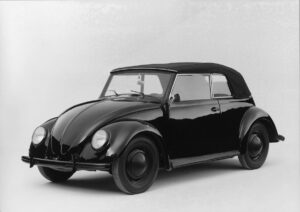
Despite the aim for it to be the “people’s car”, 12 prototype examples of a full cabriolet were produced in 1938 (Image: Volkswagen)
The VW also had a lightweight four-speed aluminium gearbox where other cars of the era typically had three speeds, and it incorporated the differential gears and elements of the rear suspension in a compact ‘transaxle’ unit.
All these major mechanical components were carried on a simple backbone-type frame that made assembly and maintenance easy. Yet, when the stiff steel bodyshell was bolted to the frame, it created a highly durable and comfortable car.
To save precious fuel and increase its speed, engineers took advantage of the concept of aerodynamic ‘streamlining,’ with the vehicle undergoing development in wind tunnels designed for the equally fledgling aviation industry. It was this wind tunnel testing that gave the Beetle its distinctive, aerodynamic front end.
Hitler’s ambition for an inexpensive mass-produced family car would become a reality under the supervision of brilliant engineer Ferdinand Porsche, who would go on to place his indelible stamp on the automotive industry more than once.
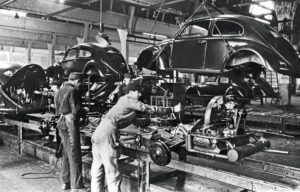
Civilian series production of the Beetle, then called the Volkswagen Limousine or ‘Type 1’, began just after Christmas 1945 (Image: Volkswagen)
The KdF-Wagen was to be built in a brand-new, Government-funded factory that was completed in 1939… just in time for Hitler and his Nazis to kick off World War II with the invasion of Poland.
As a result, the new factory was soon building cars and other military equipment for the German army, instead of for the paying customers of the “Strength Through Joy” car. It was eventually targeted by Allied bombing raids and heavily damaged in the lead up to Hitler’s defeat in 1945.
Later, under British government control the factory was seen as an important asset for the reconstruction of war-torn Germany and saved from demolition. In late 1945, it produced its first cars for peacetime-military-use under the guidance of British engineer, Major Ivan Hirst, with the KdF-Wagen name consigned to the dustbin of history and the Volkswagen monicker adopted instead.
It was a troubled and inauspicious beginnings for the little Beetle-like car that would later go on to conquer the world and gain fame as a symbol of the Swinging Sixties.

